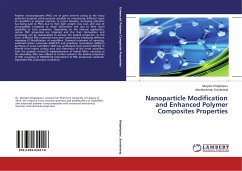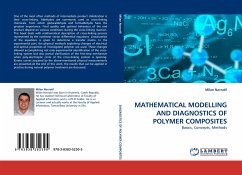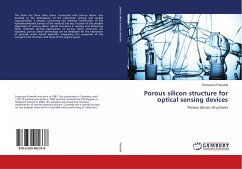The present work aims for making a proper composite which can be used to monitor its own condition. These materials are called self-sensing composites. In order to achieve this target carbon nanotube (CNT) composites, due to their extraordinary electromechanical properties, are most desired. CNT composite self-sensors are going to be replaced by fibre optic sensors, suffer from high cost, low durability, small sensing volume and mechanical property loss. The most important application of self-sensors is in civil engineering, but this work tries to design a system able to self-sensing of damage because of the practical importance of structural health monitoring, which is needed for aircraft hazard. Referring to Literature indicates that there are two important concepts (Tunnelling effect and Bandgap structure), which explain for the conducting behaviour of CNT semi-conductors. As changing the bandgap structure of CNTs by a simple deformation of composite is pproximately impossible, tunnelling effect has the most influence on the electrical response of a composite as a function of deformation.
Bitte wählen Sie Ihr Anliegen aus.
Rechnungen
Retourenschein anfordern
Bestellstatus
Storno








